By Steven Pifer for Denver Dialogues
I read with interest Rudra Sil’s July post “Putin, Propaganda, and the Path to Peace in Ukraine.” I certainly agree with his implied point that there are shades of gray—rather than just broad swathes of black and white—in the Ukraine crisis. But his article omits important context that leaves a flawed picture of developments in that country and the obstacles to peace.
First, to be sure, there are ultra-right and neo-fascist groups in Ukraine, just as such forces are present in many European countries. And ultra-right nationalists in Ukraine do not support the Minsk peace process or the arrangements that were agreed to in February 2015 (though most of the provisions have not been implemented). One should not, however, overstate the role or political influence of the ultra-right in Ukraine.
As Professor Sil noted, immediately after President Yanukovych fled from Kyiv in February 2014, an interim government formed that was made up of politicians largely from the country’s western regions. Politicians from the Batkivshchyna (Fatherland) and right-wing Svoboda (Freedom) parties held one-half of the cabinet positions, with the rest going to people not affiliated with specific political parties.
Batkivshchyna and Svoboda, the second and fourth largest parties in the Rada (Ukraine’s parliament), were indeed overrepresented in the cabinet. That resulted in part because the Regions Party declined to take any cabinet slots, even though seats were offered. Regions, the Rada’s largest party and the power base for Yanukovych, before it renounced him, would have provided some representation for Ukraine’s east, but it chose not to do so. The decision by Udar (Punch), the third largest party in the Rada, not to take part in the cabinet increased the relative weight of Svoboda’s four seats.
Two elections over the succeeding nine months made clear just how little attraction the ultra-right has for the Ukrainian electorate. The leaders of Svoboda and the ultra-nationalist Pravy Sektor (Right Sector) parties ran for president in the May 25, 2014, presidential election. Together, they garnered less than two percent of the vote. In the October 26, 2014, Rada elections, neither Svoboda nor Pravy Sektor managed to clear the five-percent threshold necessary to win party-list seats in the Rada.
Second, as Professor Sil noted, there was anxiety in eastern Ukraine about developments in Kyiv. But it is a huge leap from that anxiety to the armed separatism that broke out in Donetsk and Luhansk in April 2014. A poll conducted in the first half of that month showed that many in Ukraine’s east were uncomfortable with how power had changed hands in Kyiv. But the poll results also showed that a majority regarded the Rada, which approved the interim government, as legitimate. Moreover, the poll further showed that most Russian-speakers did not believe their language rights had been infringed upon and that a large majority preferred to remain within Ukraine.
This suggests to me that, had it not been for the appearance of “little green men”—the term that Ukrainians used for the professional soldiers in Russian combat fatigues without identifying insignia—in Donetsk and Luhansk, as they had appeared six weeks earlier in Crimea, there might have been no separatist conflict in eastern Ukraine. At the least, it would have been a shorter and far less bloody affair.
Third, I believe that Professor Sil misjudges Russia’s goal when he suggested that Moscow seeks to defer a full-blown conflict while gaining time to negotiate a settlement. If Moscow genuinely wanted a settlement, the elements for an agreement were on the table in summer 2014. President Poroshenko was prepared to give a degree of autonomy to Donetsk and Luhansk and official status for the Russian language. He indicated a readiness to take NATO membership off the table for a significant period of time and talked about leaving resolution of Crimea for the long term. Kyiv also made clear it was ready to take part in a Ukraine-European Union-Russia dialogue to ensure that implementation of the Ukraine-EU association agreement did not disrupt economic relations between Kyiv and Moscow.
Unfortunately, the Russian government did not engage on these ideas, and the conflict instead intensified. There is no sign that it has returned to these ideas, though it likely would be difficult for Poroshenko to offer the same terms now. Public attitudes have hardened; for example, polls show that support for joining NATO has steadily grown to the point where a clear majority now favors it (being invaded by another country will do that).
Little evidence over the past nine months suggests that Russia has done much to implement the February Minsk provisions. Russian military personnel continue to be present in eastern Ukraine. And the Kremlin’s continued support for the separatist leaders in Donetsk and Luhansk—even though they have ruled out restoration of Ukrainian sovereignty, a key element of the Minsk provisions—contradicts Moscow’s professed support for the Minsk agreement.
The Kremlin’s goal in Ukraine does not appear to be a reasonable settlement but something else: to distract and destabilize the Poroshenko government so that it cannot implement necessary political and economic reforms or the association agreement with the European Union. In this, Kremlin policy may be driven less by considerations of national security interests than Russian domestic politics and regime survival. The Kremlin appears to fear that, should Kyiv succeed in developing a stable European democracy with a strengthening economy, Ukraine could provide a model that the Russian people might seek to emulate.
Again, I agree with Professor Sil that the picture in Ukraine is far from black and white. But his article overstates the political influence of right-wing forces in Kyiv and their ability to frustrate the Minsk process. Furthermore, his article also downplays the malign role that Moscow has played in this crisis; unfortunately, the Kremlin has not sought a genuine settlement.
Steven Pifer, a senior fellow at the Brookings Institution, is a former U.S. ambassador to Ukraine.

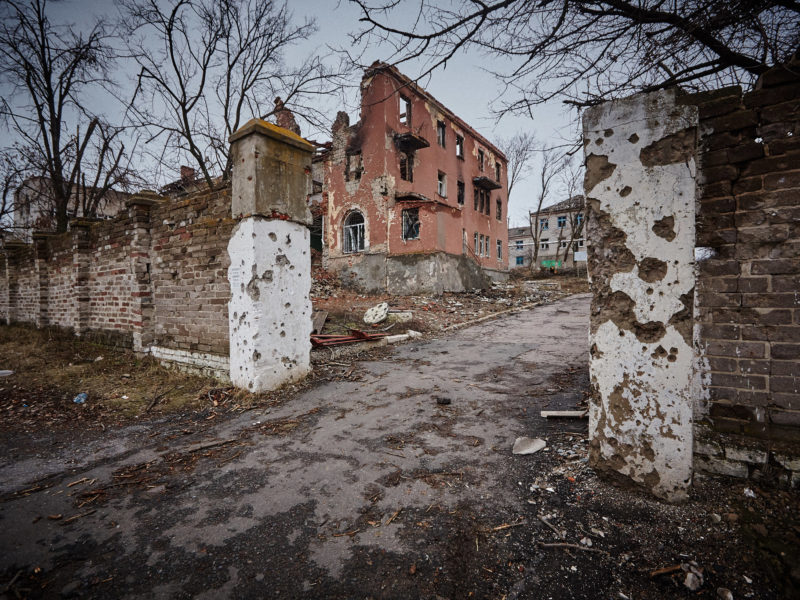
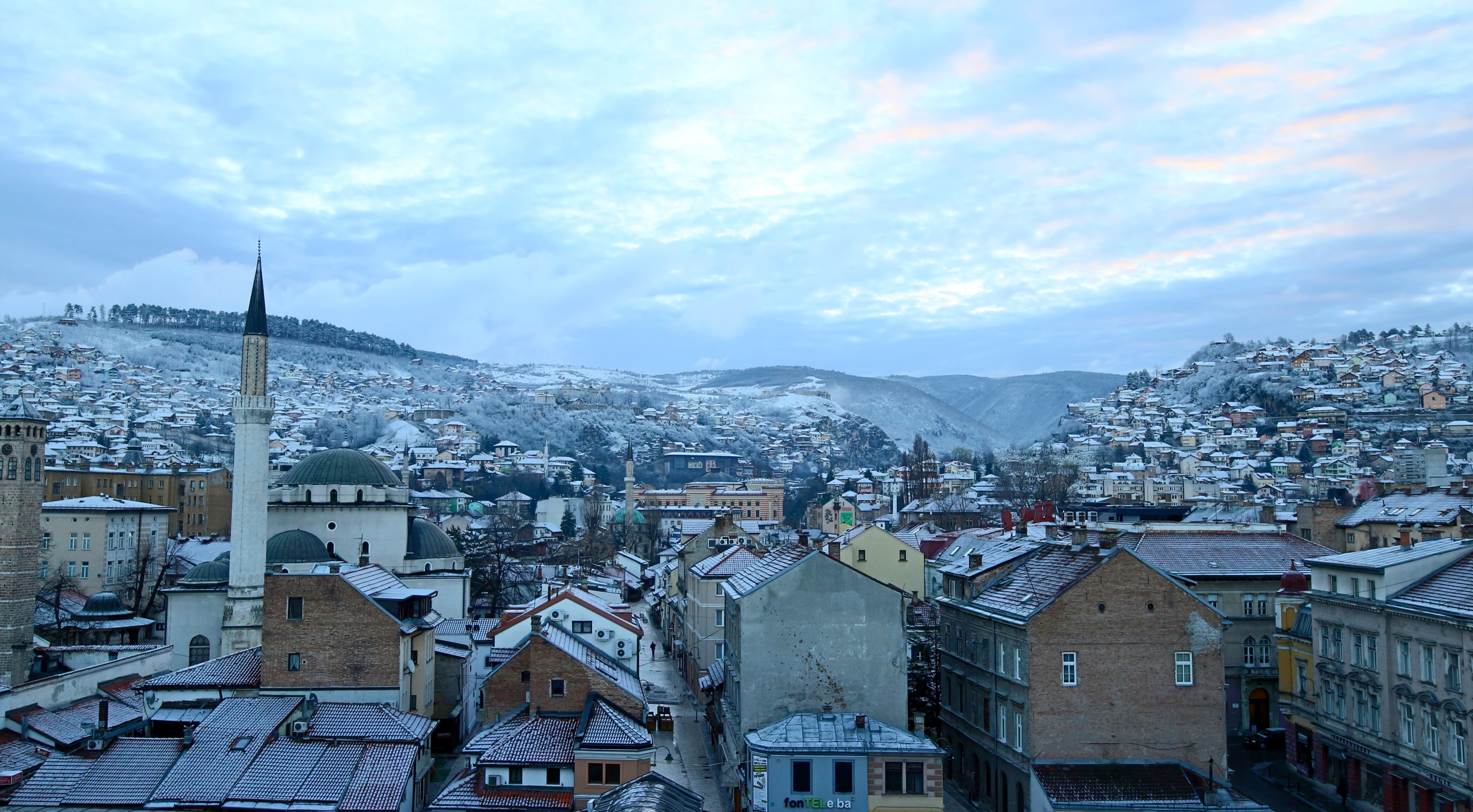
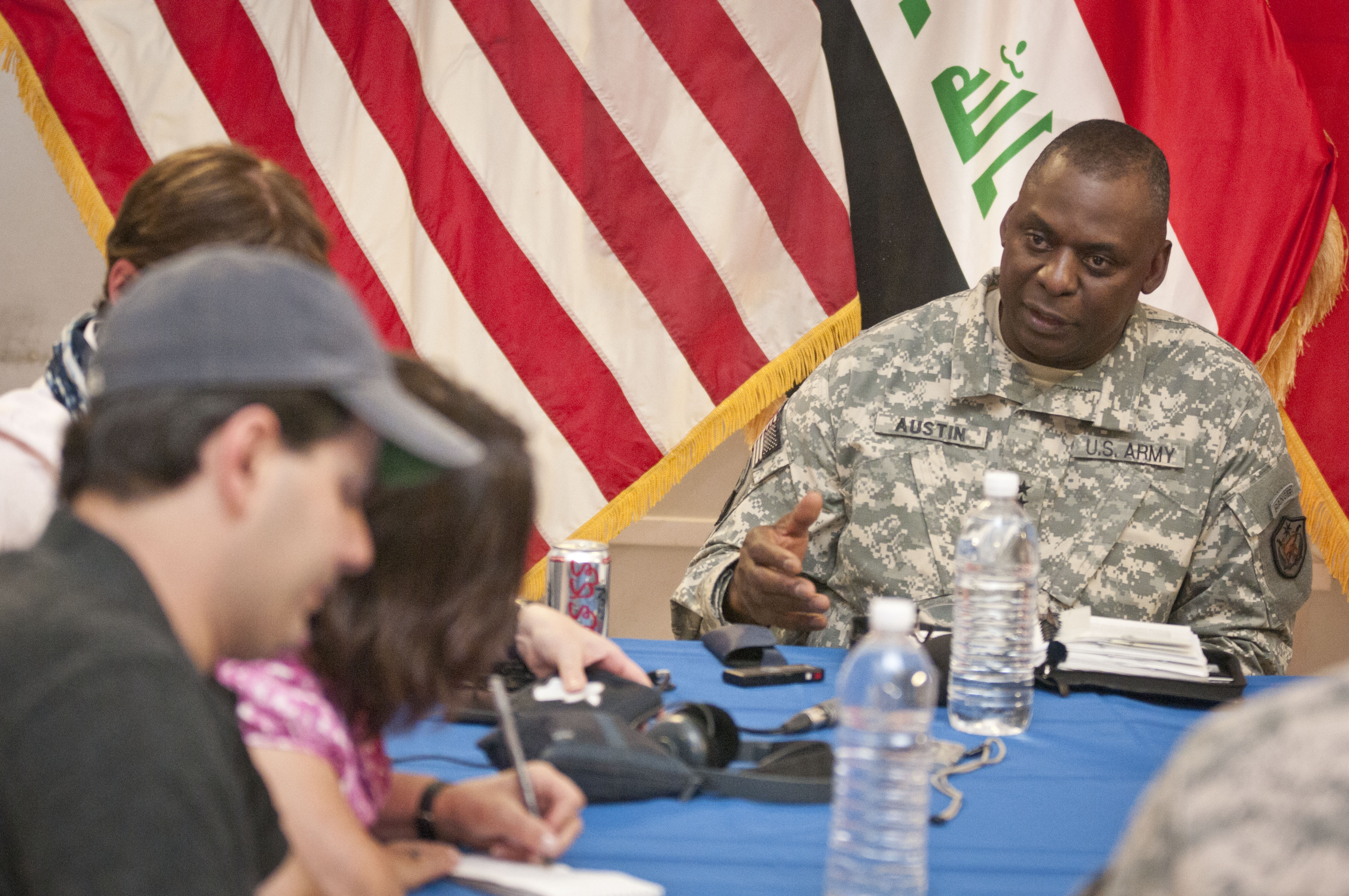

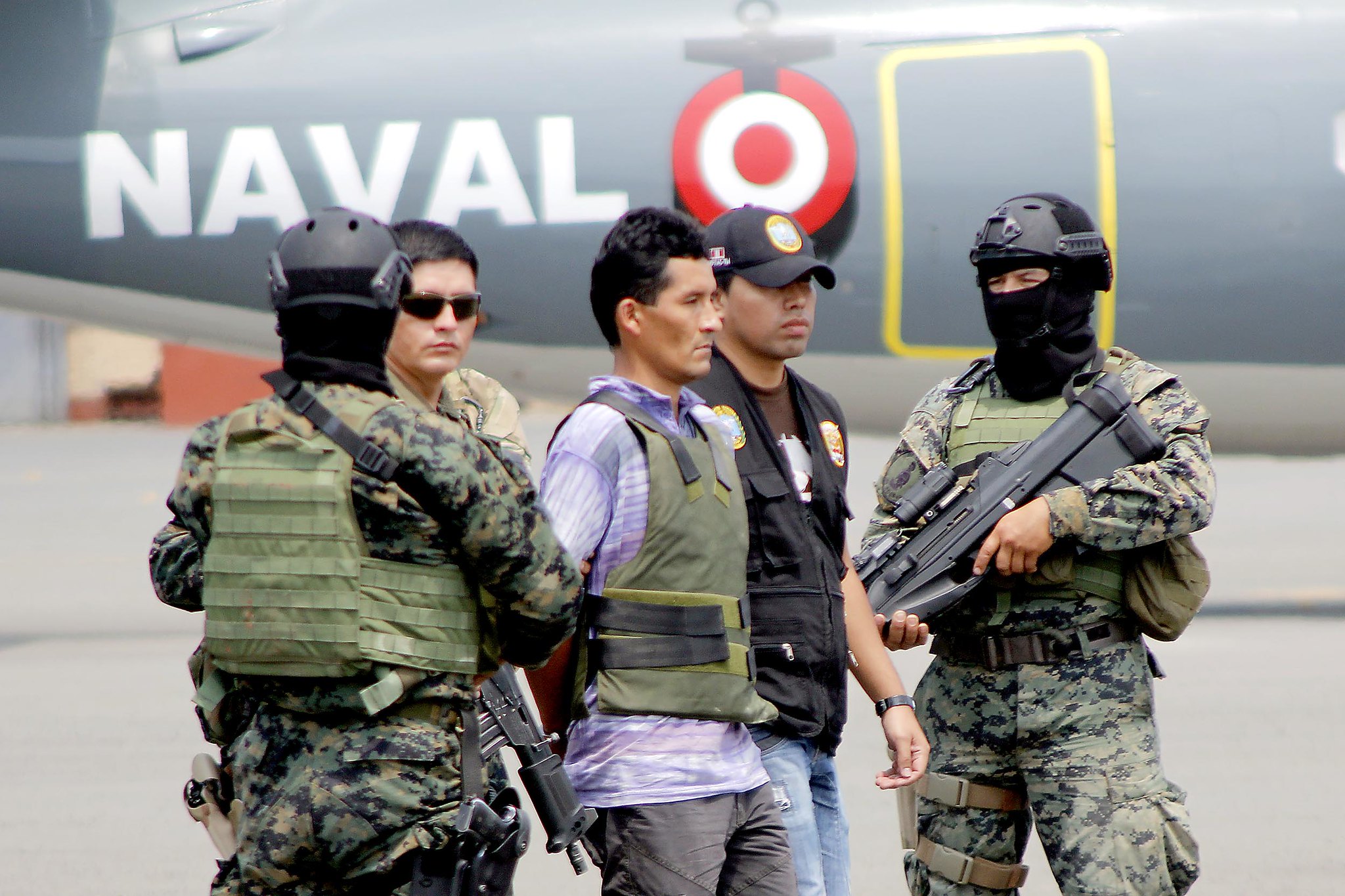
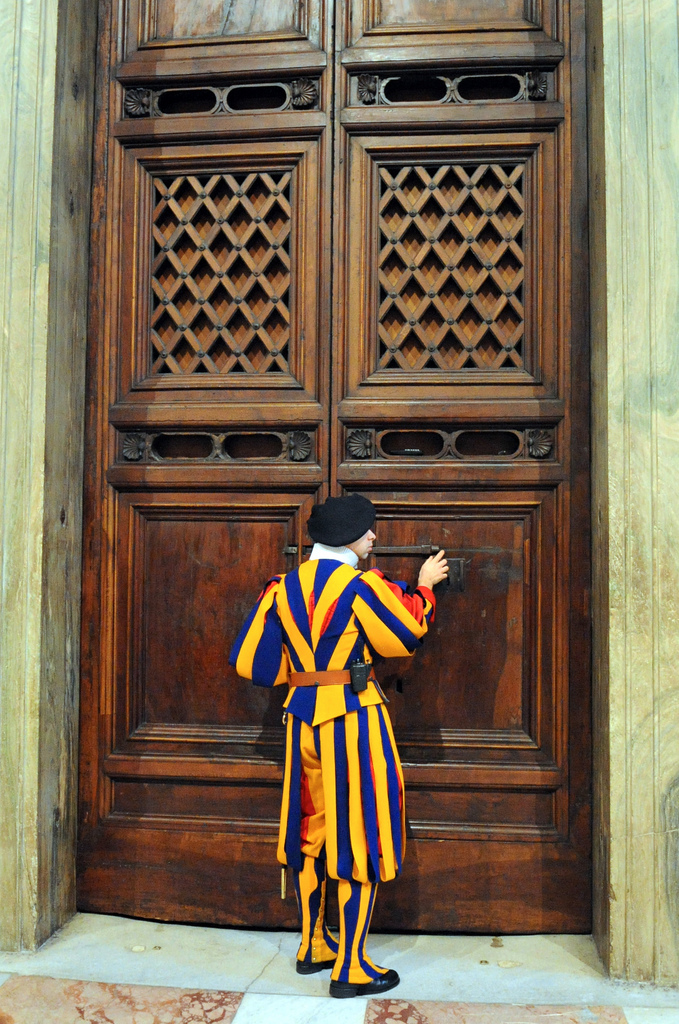
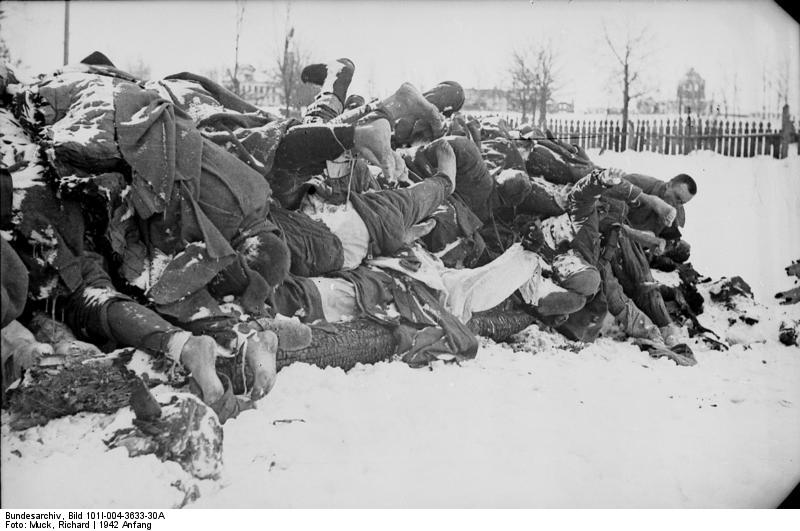
3 comments
If only the Russian leadership would just lie down and die, so that the US could play its imperial games in peace! But they probably won’t.
I truly appreciate Ambassador Pifer’s post here, both in tone and content. Most important is tone. These issues are very thorny, and there is a crisis unfolding where it is easy to simply ignore or reject any views on the other side. I imagine it must be even more true for those with backgrounds in the diplomatic corps, where the challenge is to steadfastly represent official government positions. Against this backdrop, Ambassador Pifer’s serious consideration of my own post and his respectful tone in responding to some of the substance, was not lost on me. I especially like that he and I converge on the point that the crisis has more “shades of gray” rather than a “black or white” frame. At a minimum, this allows meaningful dialogue to continue.
Having said that a couple of points are in order. First, in a short post, it is impossible to anticipate and lay out all the relevant issues and evidence. It is not so much the actual popularity or poll numbers of the most ardent far-right groups that was my point, but really what those groups are prepared to do. I suspect that Yatsenyuk’s “party of war” (which many thought had a better chance of pushing back hard against Russia) actually absorbed many who might have otherwise backed Svoboda, partly accounting for the latter’s dismal showing in the Rada elections. Yet, let us not forget the fatal grenade explosions in Kiev on September 1 — those were initiated by far-right extremists who, whatever their poll numbers, were prepared to use violence to block constitutional measures that the President of Ukraine was encouraging the Rada to pass to allow some type of ‘special status’ for provinces in Eastern Ukraine.
As for Russia’s “malign role,” I guess, as an academic, I am in the habit of trying to block out judgments before I figure out the perceptions, anxieties, and motivations of actual actors in a broader world-historical context. Bearing in mind the steady expansion of NATO (which John Mearsheimer has written convincingly of in terms of its impact on Russia’s strategic thinking), Putin’s many speeches (since 2007) on Russia’s desire to be more assertive in balancing against “unipolar politics,” and the fact that this crisis is happening on Russia’s borders rather than on the United States’, it is a bit too difficult for me to just dismiss Russia’s activities in eastern Ukraine as deliberately intended to destroy Minsk and to permanently freeze the conflict… no one gains from that, not even Russia. And again, the violent protests in Kiev two weeks ago bear testimony to the fact that there are many parties contributing to the challenges of getting the Minsk Agreements get off the ground. But, let me end on a cautiously optimistic note, though the optimism may indeed evaporate quickly with an artillery barrage from either side : the last few days have been the most calm in a long time in the conflict zone, and perhaps there is a moment here that can be seized if we move beyond recriminations to try and understand what the most directly involved parties need and want over the long run.
Thank you again, Ambassador Pifer, for engaging my essay in a serious and thoughtful way.